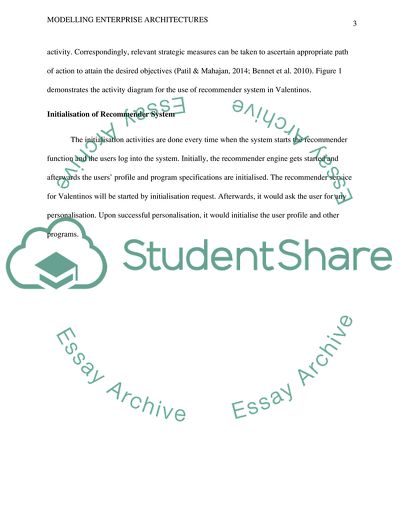Cite this document
(The Strategy of Valentinos Report Example | Topics and Well Written Essays - 3250 words, n.d.)
The Strategy of Valentinos Report Example | Topics and Well Written Essays - 3250 words. https://studentshare.org/information-technology/1815745-modelling-enterprise-architectures
The Strategy of Valentinos Report Example | Topics and Well Written Essays - 3250 words. https://studentshare.org/information-technology/1815745-modelling-enterprise-architectures
(The Strategy of Valentinos Report Example | Topics and Well Written Essays - 3250 Words)
The Strategy of Valentinos Report Example | Topics and Well Written Essays - 3250 Words. https://studentshare.org/information-technology/1815745-modelling-enterprise-architectures.
The Strategy of Valentinos Report Example | Topics and Well Written Essays - 3250 Words. https://studentshare.org/information-technology/1815745-modelling-enterprise-architectures.
“The Strategy of Valentinos Report Example | Topics and Well Written Essays - 3250 Words”. https://studentshare.org/information-technology/1815745-modelling-enterprise-architectures.


